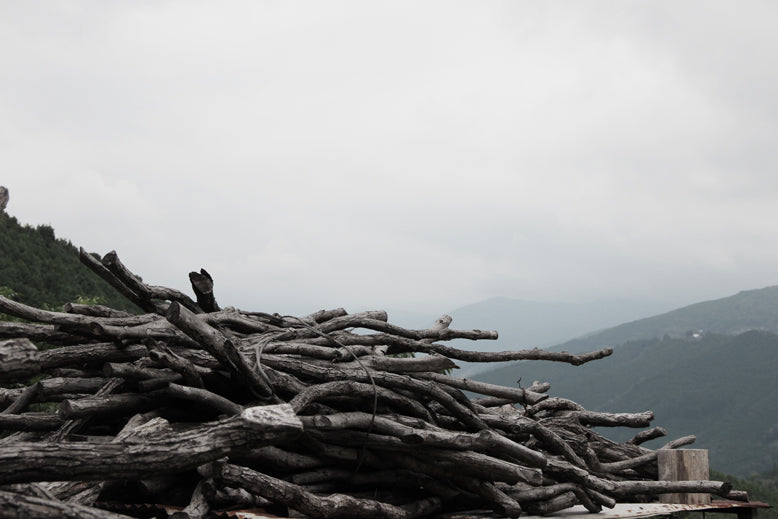What is Kishu Binchotan?
Kishu Binchotan is a traditional Japanese charcoal that has been produced for centuries in the Kishu region of Japan. It is known for its high quality and unique properties that make it a popular choice for various applications.
How is Kishu Binchotan Made?
The process of making Kishu Binchotan involves several steps that have been passed down through generations. It starts with carefully selected oak branches, which are then placed in a kiln and heated at a high temperature for several days. The process is supervised by experienced craftsmen at all times! The intense heat removes impurities and carbonizes the wood, resulting in the formation of charcoal.



What Makes Kishu Binchotan Special?
It has a high carbon content, which gives it excellent purifying capabilities. It also has a porous structure, allowing it to absorb and retain impurities from water, air, and even food.
Applications of Kishu Binchotan
Kishu Binchotan has a wide range of applications due to its purifying properties. It is commonly used in water filtration systems to remove impurities and improve the taste of water. It can also be used as a natural air purifier, absorbing odors and harmful substances from the air.


The Benefits of Kishu Binchotan
Using Kishu Binchotan has several benefits: When used in water filtration, it can remove chlorine, heavy metals, and other contaminants, resulting in cleaner and healthier drinking water. It can also balance the pH level of water, making it more alkaline and beneficial for the body.
KENKAWAI´s Kishu Binchotan
Kishu Binchotan is a century-old craft that continues to be valued for its unique properties and applications. Its ability to purify water and air makes it a popular choice for those seeking a natural and effective solution. Whether used in water filtration or as an air purifier, our Kishu Binchotan offers numerous benefits that contributes to a healthier and cleaner environment.


